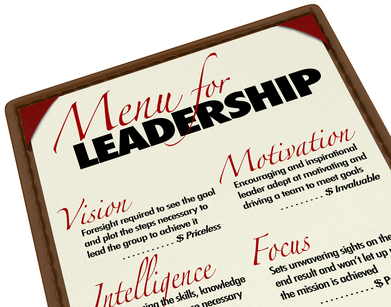Survival! This is a commonly used words today. Individuals need to survive, just as much as companies, families, businesses, relationships, economies, governments and political institutions. There is great need for survival by many people around the world today. People have to survive growing economic hardships, security challenges and unpredictable environmental conditions. No country or continent seems to be spared the challenge of survival.

Most successful people can identify one moment when their lives changed, and it usually occurred in times of adversity ~ Willie Jolley
In turbulent times,people look more to their leaders for answers to every problem that they have. While the leaders may not have the answers and solutions at hand, they owe it to their followers to communicate a feeling of assurance and confidence that the challenges are not insurmountable.
3 Ways To Assure Your Team That All Is Well.
- Remain calm while others around you are agitated.
- Be open minded when people proffer solutions
- Show restraint and humility when pressured to act irrationally.
From George W Bush
When asked how he was able to remain calm and focused when the terrorist planes hit the twin towers in the 9/11 attacks, President George W. Bush replied that it was the most difficult and practical thing to do.
I had to show a kind of understanding that the generality of people would not be required to show G W Bush
He had to appreciate that he was thrust by circumstances beyond his control to lead an angry, traumatised and confused people through what would be a very difficult period, which he chose to call a season of travail. It was indeed a tough season for America, but it soon passed away, even though the pain and anger was still felt several years after.
Different seasons of life
In life there are different seasons and times. That’s as a leader, your followers and every member of your team must not be under any false illusion about the season and time that they are in. As a matter of fact, the greatest leaders are thrust forward into the saddle of leadership during tough times and seasons. It is these challenges that bring out the leadership qualities that have been latent and can now be unlocked for the benefit of the people.
Crucible of Fire
10 Wonderful Qualities That Can Be Fully Developed As You Rise Up To The Challenges Life Throws At You.
- Discipline
- Courage
- Decisiveness
- Grace
- Humility
- Passion
- Energy
- Selflessness
- Integrity
- Faith
The resultant effect is that you become a “rounded” or “balanced” person because you have had the privilege of seeing possibly several extremes of many pleasant and unpleasant situations. You turn out to be more objective, less self-magnifying and more people-oriented. You earn your stripes as an all-season leaders, with the capacity to build and lead an all-season team.
Lessons From The All Season Leader
It is an all-season team that can withstand storms and remain focused and united in purpose. You teach and show by your leadership example that:
- What you go through has the potential to shape you into a person of character and grace.
- Circumstances do not make you, but rather reveals what you are made of.
- Proactively anticipate and expect change. Welcome change as a good thing that can only reveal your potential.
- When you are selfless, people will respond with equal selflessness and loyalty.
Start building your all-seasons’ team today. It makes sense to start preparing for winter while it is still summer, and to anticipate the harvest time only after there has been a time of successful sowing and cultivation. The way of empowering leadership is to be selfless.
Let me know your thoughts by the comments you leave below.












